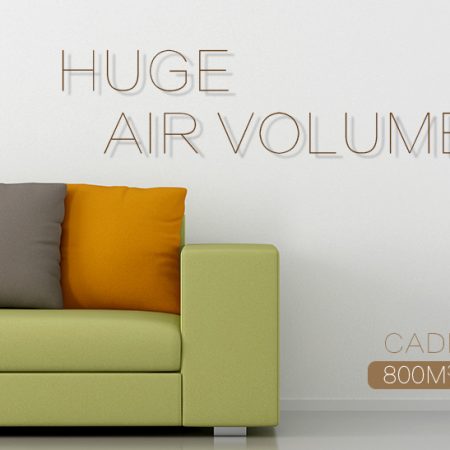This winter beat pollution with air purifiers
It has been over a month since we last saw the blue sky in Delhi. The amount of pollution is such that even at noon, the capital of India looks all wrapped in smog. Worse, it not only makes the city seem hideous and ghastly, the dirty and pollution-laden air is a serious health hazard.
Now, there are no shortcuts to deal with the ridiculously high-level of pollution. It is a health emergency and unless drastic (and big) measures are not taken by the government in earnest, it is only going to get worse. But as an individual, you can take a look at the air purifiers for temporary relief, at least indoors. Unlike smartphones or televisions, where it is easy to see what you are getting, shopping for an air purifier is not easy. So, if you are thinking of buying an purifier but aren’t sure about what it can do and which ones you should consider, here is a handy guide for you.
What is an air purifier?
Think of it like this: an air purifier is just like an air cooler. A cooler draws in air using a fan and then pushes it through the water-drenched filters to make it cool. The air filter does the same. But instead of making the air cool, it pushes that air through very fine filters that remove particulate matter. Once the particulate matter has been removed, the clean air is circulated back into the room. Depending on the size of the room and capacity of the air purifier, it can take anywhere from 10 minutes to an hour to clean the air.
Things to look for while buying air purifier:
Brand: Air purifiers are relatively simple machines. Hence, there are tens of different brands selling these devices. But ideally, you should stick to a well known brand such as Olansi, Philips etc. Also, make sure that the air purifier you are buying uses HEPA filters because they are guaranteed to remove around 99 per cent pollutants.
Portability and weight: While there are air purifiers that act as central air purifying device for the whole house, they are expensive and may not be viable for most consumers. Instead of that, go with something that strikes the right balance between size and performance. A very small air purifier may look good but it may not have enough capacity to clean air in a room effectively. While a purifier that is too big may not be a good investment because you may have to use it as a fixed unit in one room.
Capacity: You won’t really know how effective is an air purifier until you use it but while buying one look for the CADR (clean-air delivery rate). Though many manufacturers try to hide this number from consumers. Better performing air purifiers have higher CADR number. Usually anything above 300 is fantastic. Anything lower than 100 is not useful.
Don’t bother with superfluous features: Some air purifiers claim to remove odour etc or claim to give chemical or electronic treatment to make the air purer. These are nice feature to have but don’t buy an air purifier solely because of these features. In fact, avoid air purifiers that claim to chemically treat air. The Consumer Reports advises that people should avoid these fancy gadgets because they often add ozone to the air. Now, ozone is wonderful for earth when it is suspended up there in the atmosphere but it is not nice when mixed into the air that you breath in a room.
Noise: All air purifiers have fans and they make noise. But some are noisier than others. Avoid noisy air purifiers.



